LA CARPET
Floor, Kitchen, Bath and more!
5 Years 0% Financing
50% OFF A COMPLETE KITCHEN & BATHROOM REMODEL
CERAMIC & PORCELAIN TILE


- Full Body Porcelain: These porcelain tiles, also called through-body tiling, carry the pattern and color throughout the entire thickness of the flooring material making them excellent coverings for commercial applications as they’re practically invulnerable to wear.
- Water Absorption: This is important to consider for bathroom applications or anywhere that moisture and humidity are of concern. In general, the denser the tile the lower the water absorption. So, while dense tiles are stronger, their capacity to withstand wet and humid conditions is lower.
- Shade Variation: It’s important to remember that some ceramic products and tiles that are subject to firing may display a more significant variation of color within their dye lots. Check tile labels to see the listed color variation, which can range from low to high
Browse Our Tile Selection
Showing 1–18 of 744 results
-
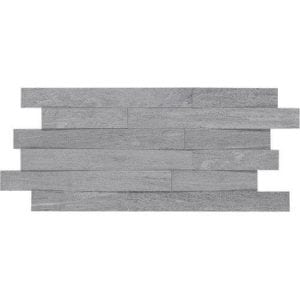
Ambassador Global Grey 12X24 AM35
-
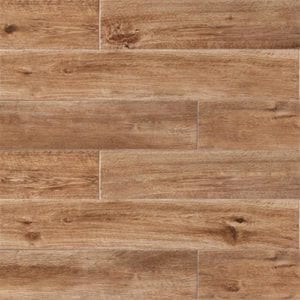
American Estates Listelli Dot Bronze 1X13
-
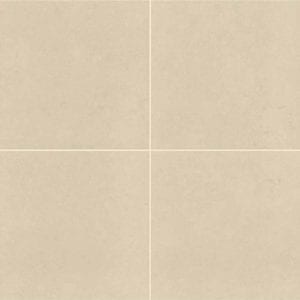
Anchorage Beige 12X24 AC05
-
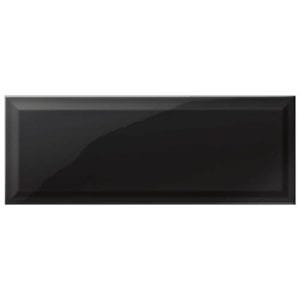
Annapolis Black 6X16 AP09
-
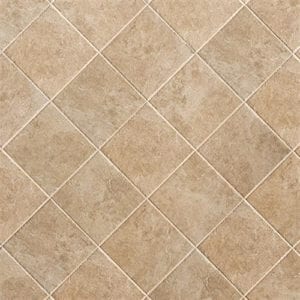
Arctic Bay Arviat
-
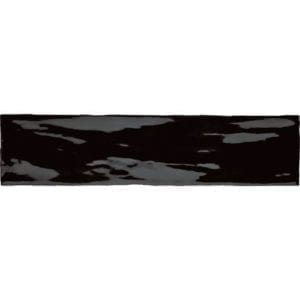
Artigiano Florentine Gates 3X12 AR99
-
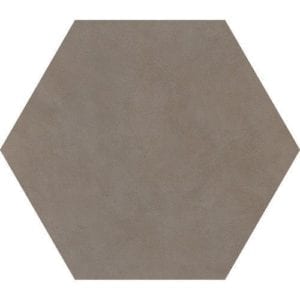
Bee Hive Ashgrey 24X20 P009
-
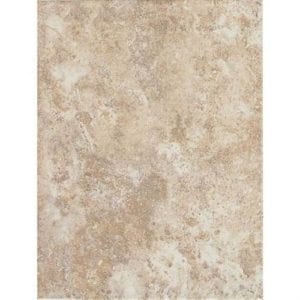
Belmar Cashmere BL91
-
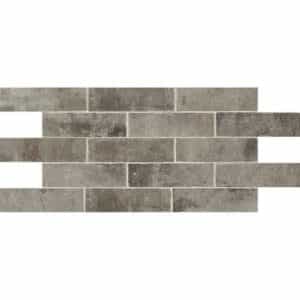
Brickwork Alcove 2X8 BW04
-
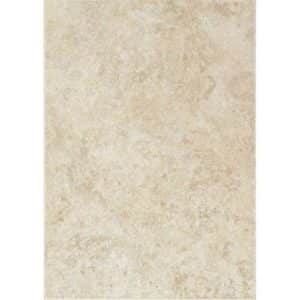
Castlegate Beige CG15
-
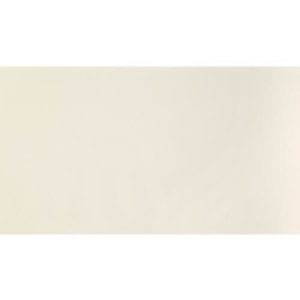
Composition Canvas Gloss 10X14 CP03
-
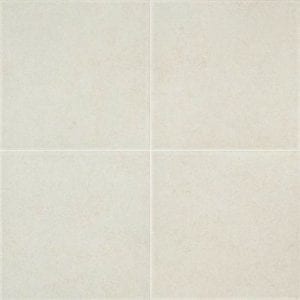
Concrete Chic Current Cream CC65
-
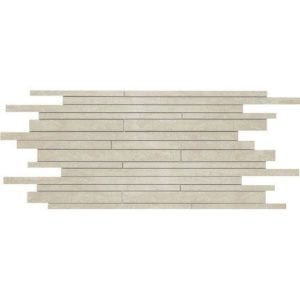
Consulate Concierge Sand 12X24 CS06
-
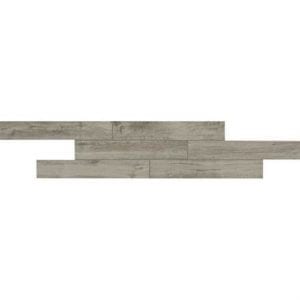
Creekwood Ash River CW99
-
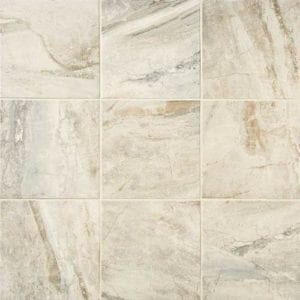
Danya Stream DY01
-
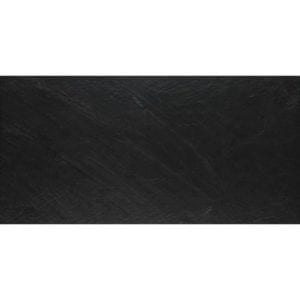
Delegate Black 12X24 DL28
-
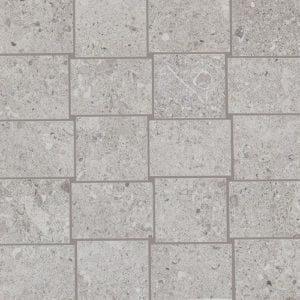
Dignitary Eminence Grey 12X12 DR10
-
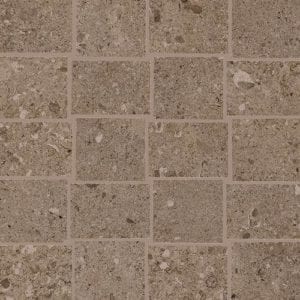
Dignitary Herald Brown 12X12 DR12

